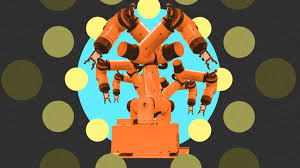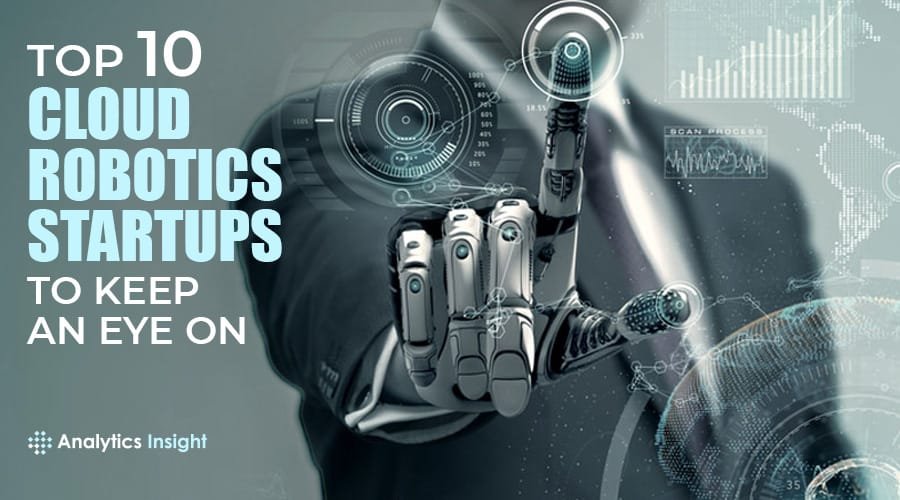Source: analyticsinsight.net
How is human-robot collaboration redefining the industrial workflow?
The idea of human-machine collaboration at a shared workplace in recent years has gained much interest in businesses. In today’s digital age, we are already experiencing transformation in the way people live, engage with others, work, and perform business. Artificial Intelligence, which is considered the most powerful technological innovation of the 21st century, is making its way in almost all industries. Technology has even entered our daily lives making things easier and more convenient. However, it also raises reasonable fears that AI will ultimately replace human workers throughout the economy. In some scenarios, the technology already outperforms humans, leaving many jobs and positions at risk
Despite this concern, reports show that the collaboration between humans and machines can complement each other and improve productivity. According to Accenture research, the collaboration could bolster revenue by 38 percent by 2022. In recent years, there have been major robotics developments that are supporting human activity in perilous, menial, and dull tasks and even exploring unreachable environments, from deep oceans to deep space.
Advances in both sensing and actuation allow robots to perform operations in the proximity of humans. Within an organization, the implementation of a sensor-based robotic co-worker that brings robots closer to humans in industrial settings and enable close cooperation is a critical goal in robotics.
Bringing Humans and Robots to Work Together
The next wave of AI and robotics promises a new era of disruption and productivity, where human creativity and ability is enhanced by speed and precision. In manufacturing, robotics plays a significant role. The installation of rigid single-arm robots on a factory floor is very familiar and on the rise. These robots are not curbed to a single workspace or task; they have the ability to move, learn, and generate real-time data that flows through control, planning, and logistics systems. This will give robots the ability to make fundamental decisions about their tasks and motions in milliseconds. In addition, these collaborative robots (Cobots) are capable of gleaning and sharing data in real-time with distinct systems, such as manufacturing execution systems (MES) and warehouse management systems (WMS).
Human-robot collaborations at shared workplaces can extend to any process involving a physical flow of materials, making finished goods, and then packing and shipping. The partnerships can be advantageous in a wide range of functions inside, outside, and around the factory and warehouse.
Embracing robotic co-workers and cobots provides an economically-viable entry-point to robotic automation. These robotic solutions also need to ensure safety in the workplace. They can be leveraged to automate parts of a production line with minimal changes to the rest of the line, providing companies the ability to automate production processes that have not yet automated.
Beyond industrial processes, developers have also designed new robotic models, such as soft robots and software robots. While soft robots can help with space explorations, transform the way surgeries are performed, and complete certain rescue missions, software robots are virtual robots and can perform the tasks which are done by administrators and white-collar workers. These robots can help expedite and automate operational processes in offices, creating a digital workforce that represents a whole new operational, highly scalable, reliable, and auditable work capability for businesses.


